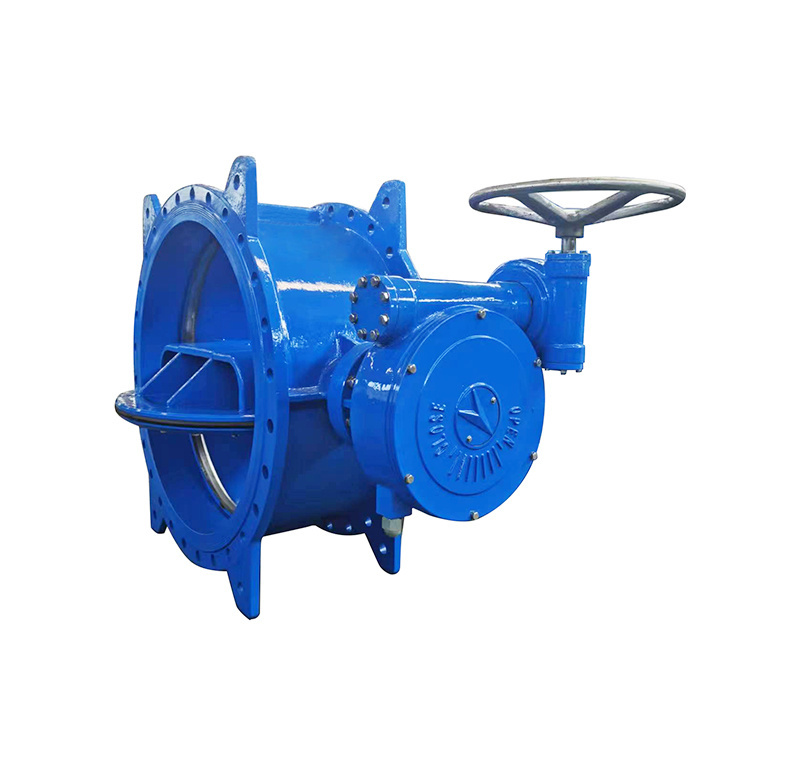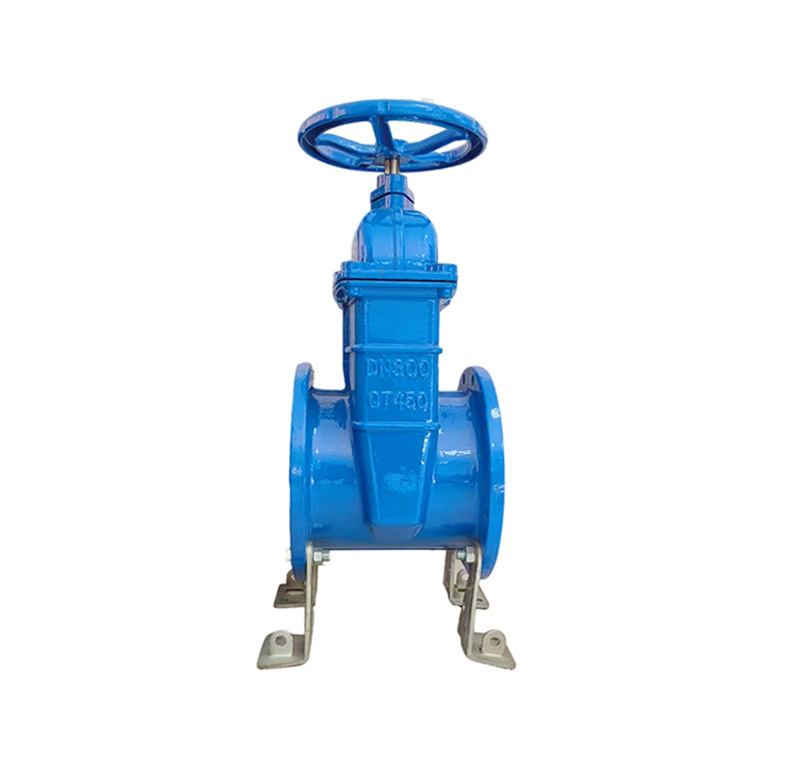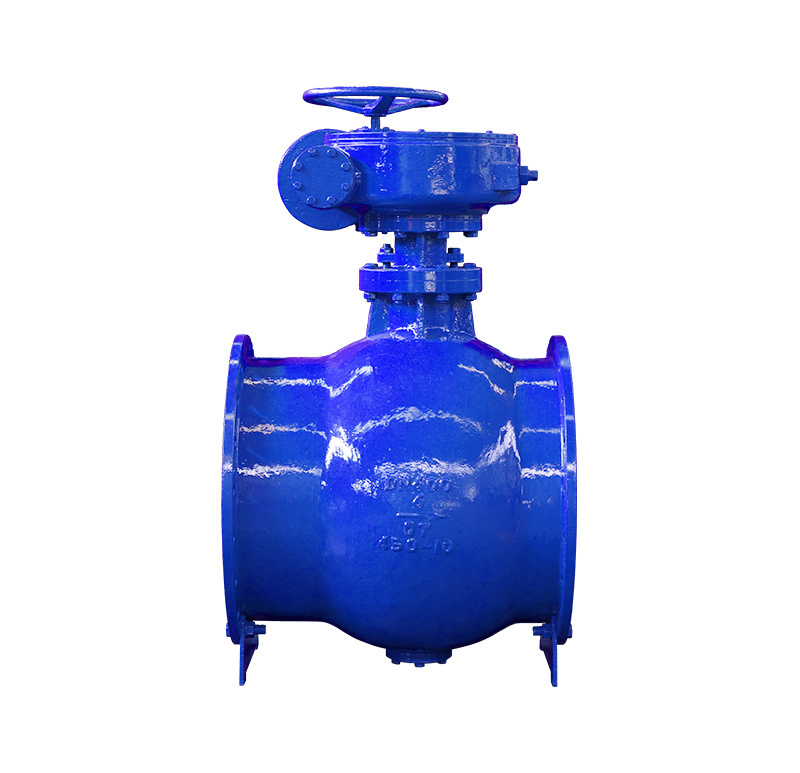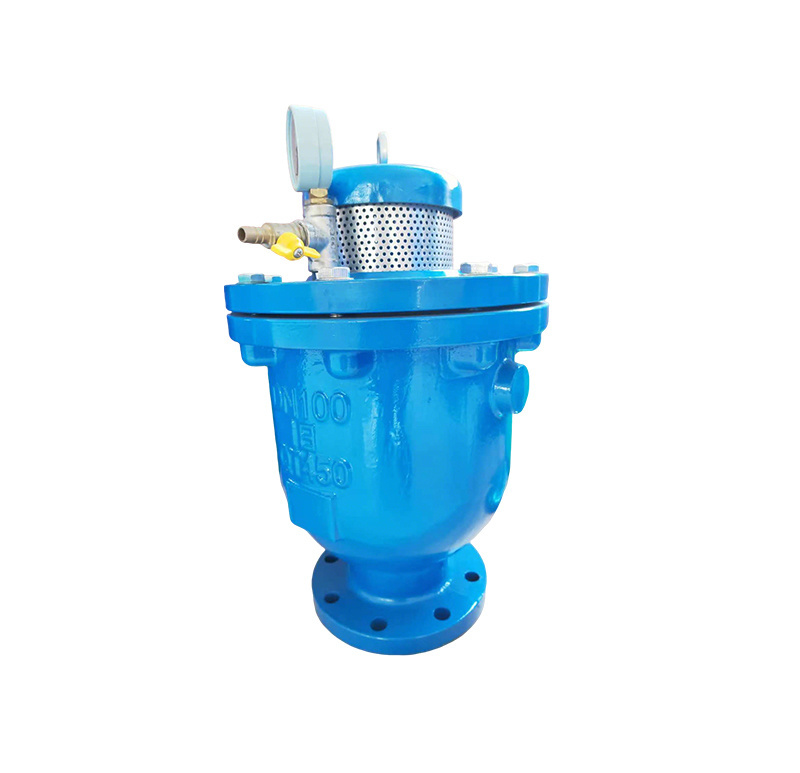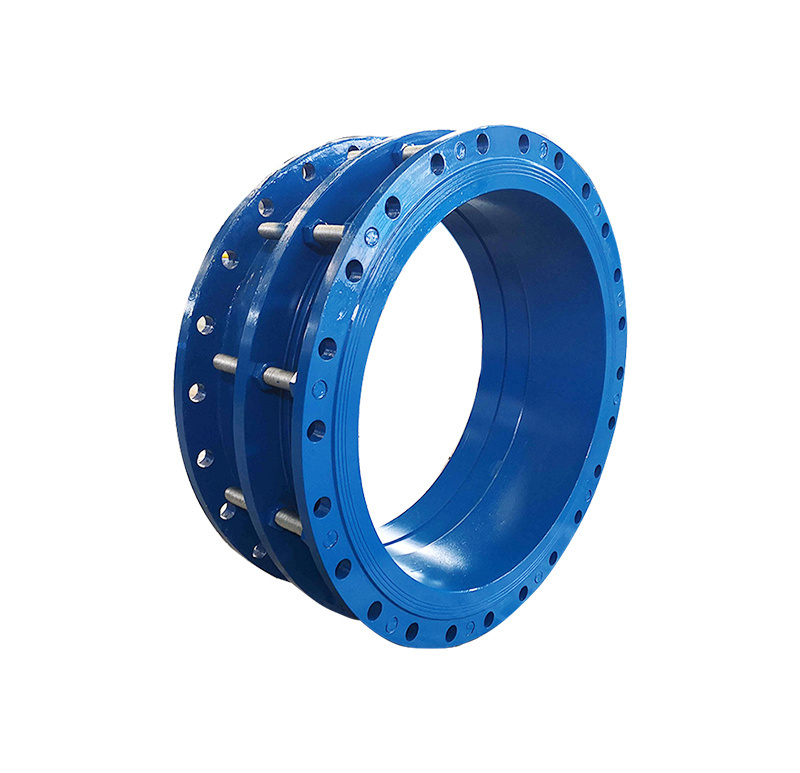Why Quality Butterfly Valves Are Essential for Industrial Applications
Why Quality Butterfly Valves Are Essential for Industrial Applications
Table of Contents
1. Introduction to Butterfly Valves
2. What Are Butterfly Valves?
3. The Importance of Quality in Butterfly Valves
4. Key Applications of Butterfly Valves in Industry
5. Benefits of Using High-Quality Butterfly Valves
6. Key Features to Consider When Choosing Butterfly Valves
7. Maintenance Tips
Why Quality Butterfly Valves Are Essential for Industrial Applications
Table of Contents
- 1. Introduction to Butterfly Valves
- 2. What Are Butterfly Valves?
- 3. The Importance of Quality in Butterfly Valves
- 4. Key Applications of Butterfly Valves in Industry
- 5. Benefits of Using High-Quality Butterfly Valves
- 6. Key Features to Consider When Choosing Butterfly Valves
- 7. Maintenance Tips for Butterfly Valves
- 8. Common Issues with Butterfly Valves and How to Avoid Them
- 9. Conclusion
- 10. FAQs
1. Introduction to Butterfly Valves
In the realm of industrial applications, **butterfly valves** play a pivotal role in the control and regulation of fluid flow. These devices, characterized by their simple yet effective design, consist of a disc that pivots to open or close the flow path. Understanding the importance of quality butterfly valves is essential for industries that rely on efficient fluid management.
2. What Are Butterfly Valves?
Butterfly valves are quarter-turn valves that utilize a rotating disc to manage flow. When the valve is fully open, the disc is parallel to the flow, allowing for a smooth passage. Conversely, when closed, the disc obstructs the flow, effectively sealing the line. They are favored for their **compact design**, ease of installation, and suitability for a variety of applications.
The Design and Functionality of Butterfly Valves
The design of butterfly valves allows for minimal pressure drop across the valve, making them an energy-efficient choice. They are constructed from various materials, such as stainless steel, cast iron, and plastic, depending on the application's requirements. Leveraging their simple yet effective mechanism, butterfly valves can be operated manually or automated for enhanced control.
3. The Importance of Quality in Butterfly Valves
Investing in **high-quality butterfly valves** is crucial for several reasons. Quality valves ensure reliability and longevity, reducing the frequency of replacements and maintenance. In industries where downtime can lead to significant financial losses, quality becomes non-negotiable.
Quality and Safety Compliance
In many sectors, adherence to safety standards and regulations is paramount. Quality butterfly valves often comply with international standards, ensuring that they can withstand harsh operating conditions without compromising safety. This compliance not only protects personnel but also safeguards the environment from potential hazards.
4. Key Applications of Butterfly Valves in Industry
Butterfly valves are versatile and find applications across various industries, including:
Water Treatment Plants
In water treatment, butterfly valves manage the flow of water through filtration and purification systems. Their ability to provide precise control over flow rates is invaluable in ensuring efficient treatment processes.
Oil and Gas Industry
In the oil and gas sector, these valves control the flow of liquids and gases, often in high-pressure environments. Quality butterfly valves are essential to withstand the extreme conditions and corrosive substances present in these applications.
Food and Beverage Industry
The food and beverage industry requires valves that meet stringent hygiene standards. High-quality butterfly valves, made from food-grade materials, are critical in ensuring product safety and quality.
HVAC Systems
In heating, ventilation, and air conditioning (HVAC) systems, butterfly valves regulate airflow, enabling efficient climate control. Their compact design makes them ideal for installation in space-constrained environments.
5. Benefits of Using High-Quality Butterfly Valves
The advantages of utilizing high-quality butterfly valves extend beyond mere functionality.
Improved Performance
Quality butterfly valves minimize flow resistance, resulting in improved system performance. This efficient flow management translates to energy savings and enhanced operational efficiency.
Operational Longevity
Durable materials and superior craftsmanship ensure that quality butterfly valves have a longer lifespan. This longevity reduces the need for frequent replacements, resulting in cost savings over time.
Enhanced Safety
Using quality valves minimizes the risk of leaks and failures, thereby enhancing overall safety in industrial operations. This reliability is crucial in applications involving hazardous materials where leaks can have catastrophic consequences.
6. Key Features to Consider When Choosing Butterfly Valves
When selecting butterfly valves for industrial applications, several features should be evaluated:
Material
The material of the valve influences its performance and suitability for specific applications. Stainless steel is ideal for corrosive environments, while plastic valves are suitable for non-aggressive fluids.
Size and Pressure Rating
Choosing the right size and pressure rating ensures optimal performance. Valves must be capable of handling the expected flow rates and pressures without failure.
Actuation Type
Consider whether manual or automated actuation is required. Automated butterfly valves offer greater control and can be integrated into larger systems for improved efficiency.
7. Maintenance Tips for Butterfly Valves
Proper maintenance is essential for maximizing the lifespan and performance of butterfly valves.
Regular Inspections
Conduct routine inspections to identify signs of wear or damage. Early detection can prevent costly repairs and replacements.
Lubrication
Ensure that the valve's moving parts are adequately lubricated to facilitate smooth operation. Neglecting lubrication can lead to premature wear and malfunction.
Cleaning
Keep butterfly valves clean to prevent the buildup of debris that could impact performance. Regular cleaning promotes optimal flow characteristics and valve longevity.
8. Common Issues with Butterfly Valves and How to Avoid Them
Despite their reliability, butterfly valves can encounter issues that may impact performance.
Leaking Seals
One common problem is leaking seals, often caused by wear and tear. Selecting high-quality valves with robust seals can mitigate this issue.
Sticking Mechanism
If the valve mechanism becomes sticky or unresponsive, it may indicate a lack of lubrication or a need for cleaning. Regular maintenance can help prevent these problems.
9. Conclusion
Quality butterfly valves are indispensable in industrial applications due to their versatility, efficiency, and reliability. By understanding the importance of investing in high-quality valves, industries can enhance operational efficiency, ensure safety, and ultimately reduce costs. Whether in water treatment, oil and gas, food and beverage, or HVAC systems, choosing the right butterfly valve is crucial for success.
10. FAQs
1. What are butterfly valves typically used for?
Butterfly valves are commonly used for controlling the flow of liquids and gases in various industrial processes, including water treatment, oil and gas, and HVAC systems.
2. How do I know if a butterfly valve is of high quality?
High-quality butterfly valves are constructed from durable materials, comply with industry standards, and exhibit minimal leakage and operational reliability.
3. Can butterfly valves handle high-pressure applications?
Yes, butterfly valves can handle high-pressure applications, provided they are specifically designed and rated for such conditions.
4. What maintenance is required for butterfly valves?
Maintenance includes regular inspections, lubrication of moving parts, and cleaning to prevent debris buildup.
5. Are butterfly valves suitable for corrosive environments?
Yes, butterfly valves made from corrosion-resistant materials, such as stainless steel, are suitable for corrosive environments.
By understanding the critical role of quality butterfly valves in industrial applications, organizations can make informed decisions that enhance efficiency and safety in their operations.
Previous









